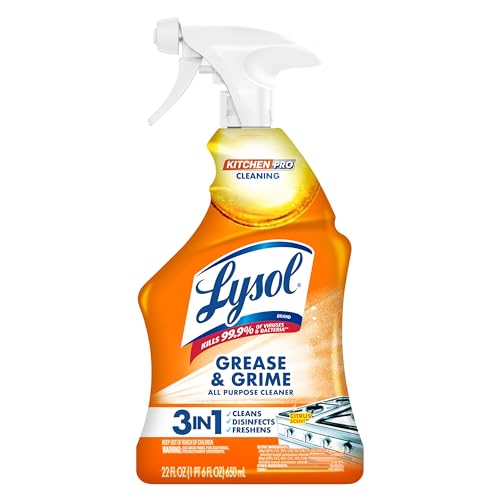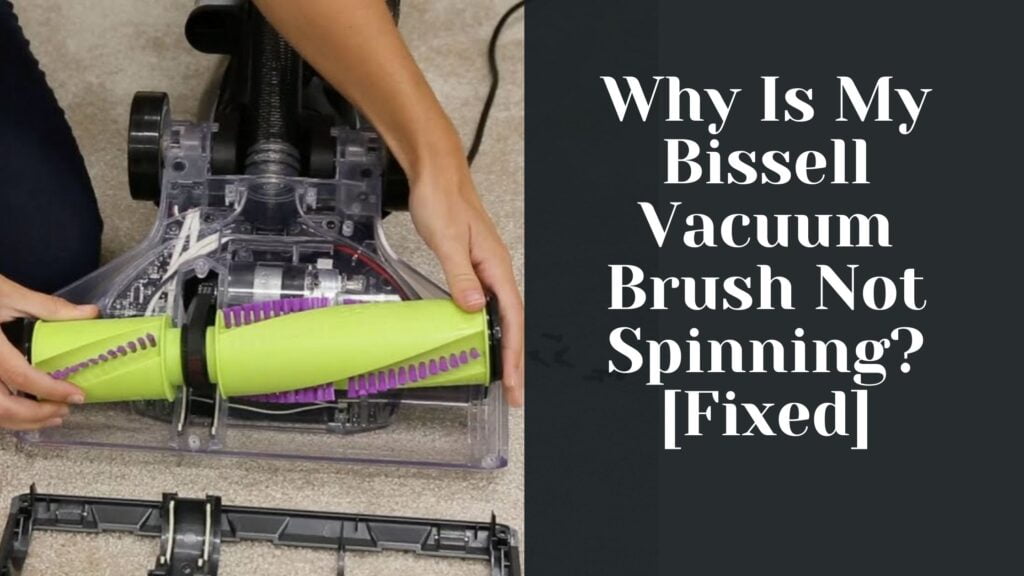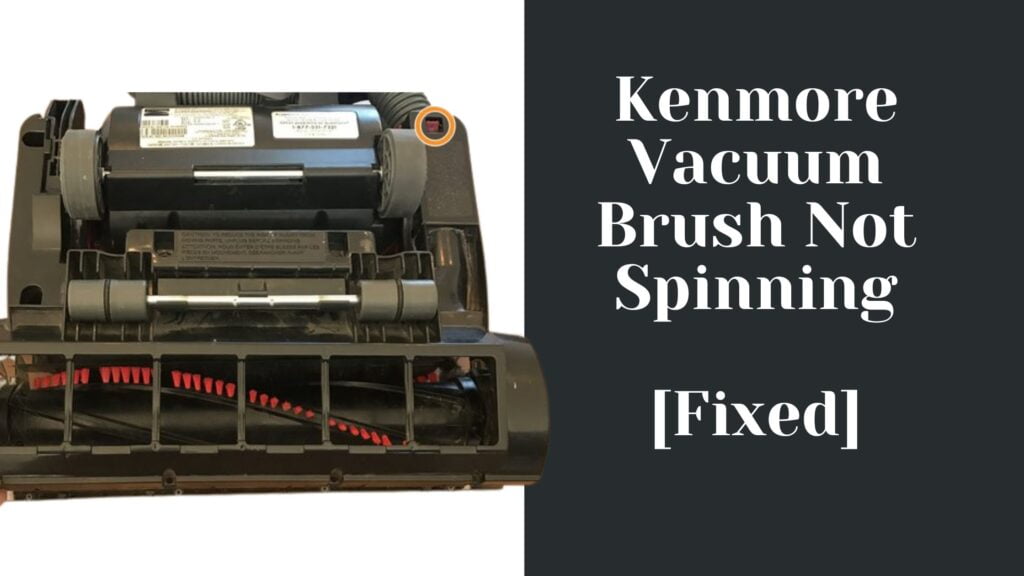Kirby vacuums are known for their powerful suction and durability, but they can also be quite noisy. If you have a Kirby vacuum and are struggling with excessive noise, you’re not alone. Many Kirby vacuum owners have reported loud, high-pitched whining or whistling noises coming from their machines. In this article, we’ll explore the causes of Kirby vacuum noise and provide tips for troubleshooting and fixing the issue.
Understanding the cause of Kirby vacuum noise is the first step in addressing the problem. In many cases, the noise is caused by a damaged or worn fan impeller. The impeller is a small, fan-like component that helps to create suction in the vacuum. If it becomes damaged or worn, it can create a loud, high-pitched noise. Other potential causes of Kirby vacuum noise include clogs in the hose or brush roll, a damaged belt, or a loose motor mount. By identifying the cause of the noise, you can take steps to address the issue and get your vacuum running smoothly again.
If you’re in the market for a new Kirby vacuum, it’s important to consider noise levels when making your selection. Some models are designed to be quieter than others, so it’s worth doing your research before making a purchase. Additionally, regular maintenance and cleaning can help to prevent excessive noise and prolong the life of your vacuum. By following these tips and taking steps to address any noise issues, you can enjoy the powerful suction and cleaning capabilities of your Kirby vacuum without the distraction of excessive noise.
Key Takeaways
- Kirby vacuums are known for their powerful suction but can be noisy due to a damaged or worn fan impeller, clogs, a damaged belt, or a loose motor mount.
- Identifying the cause of the noise is the first step in addressing the issue. Regular maintenance and cleaning can also help prevent excessive noise and prolong the life of your vacuum.
- When shopping for a new Kirby vacuum, consider noise levels and do your research to find a model that meets your needs.
Understanding Kirby Vacuum Noise
Why Does Kirby Vacuum Make Noise?
Kirby vacuum cleaners are designed to make some noise during operation. The noise is mainly produced by the motor, fan impeller, and brush roll. The motor generates the power that drives the brush roll and the fan impeller. The brush roll agitates the carpet fibers to loosen dirt and debris, while the fan impeller creates the suction that pulls the dirt and debris into the vacuum bag. The noise level of a Kirby vacuum varies depending on the model, age, and condition of the machine.
How Loud is Kirby Vacuum?
The noise level of a Kirby vacuum depends on various factors, such as the model, age, and condition of the machine. On average, Kirby vacuums produce a noise level of 70-80 decibels, which is similar to the noise level of a typical conversation or a washing machine. However, some models may produce more or less noise than others, depending on their features and design.
What Are the Common Causes of Kirby Vacuum Noise?
The common causes of Kirby vacuum noise include:
- Clogged or dirty filters: Dirty filters can reduce the suction power of the vacuum, causing the motor to work harder and produce more noise.
- Worn or damaged brush roll: A worn or damaged brush roll can produce a grinding or rattling noise during operation.
- Loose or damaged fan impeller: A loose or damaged fan impeller can produce a whistling or high-pitched noise during operation.
- Loose or damaged belt: A loose or damaged belt can cause the brush roll to vibrate and produce a squeaking or screeching noise during operation.
How to Identify Unusual Kirby Vacuum Noise
To identify unusual Kirby vacuum noise, follow these steps:
- Turn off the vacuum and unplug it from the power source.
- Remove the bag and check for any debris or obstruction.
- Check the filters and clean or replace them if necessary.
- Inspect the brush roll for any signs of wear or damage.
- Check the fan impeller for any signs of looseness or damage.
- Check the belt for any signs of looseness or damage.
- Turn on the vacuum and listen for any unusual noise.
- If the noise persists, contact a Kirby service center for assistance.
By following these steps, you can identify and address any unusual Kirby vacuum noise and ensure that your machine operates at its optimal performance level.
Addressing Kirby Vacuum Noise
Kirby vacuums are known for their powerful suction and versatile cleaning capabilities. However, some users may experience noise issues with their Kirby vacuum system. In this section, we will explore some common causes of Kirby vacuum noise, how to reduce and fix it, when to seek professional help, and how to maintain your Kirby vacuum to prevent noise issues.
How to Reduce Kirby Vacuum Noise?
Reducing Kirby vacuum noise can be achieved by following these simple steps:
- Check the brush roll: A worn-out or damaged brush roll can cause excessive noise. Inspect the brush roll and replace it if necessary.
- Check the bag: A full or clogged bag can cause the motor to work harder, resulting in more noise. Replace the bag regularly and ensure it is not overfilled.
- Check the canister: A loose or damaged canister can cause vibrations and noise. Tighten any loose parts or replace the canister if necessary.
- Check the upholstery tool: A damaged or clogged upholstery tool can cause noise. Clean or replace the tool if necessary.
- Check the hose and attachments: A clogged or damaged hose or attachment can cause noise. Clean or replace them if necessary.
How to Fix Kirby Vacuum Noise?
If the above steps do not solve the noise issue, there may be a more serious problem that requires fixing. Here are some common Kirby vacuum noise issues and how to fix them:
- Motor noise: A noisy motor may be due to worn-out or damaged motor bearings. This requires professional service to fix.
- Fan noise: A noisy fan may be due to a damaged or worn-out fan impeller. This requires replacing the fan impeller.
- Belt noise: A noisy belt may be due to a loose or worn-out belt. Tighten or replace the belt if necessary.
When to Seek Professional Help for Kirby Vacuum Noise?
If the above steps do not solve the noise issue, or if you are not comfortable fixing the problem yourself, it is recommended to seek professional help. Kirby offers service centers where trained technicians can diagnose and fix any issues with your vacuum system.
How to Maintain Kirby Vacuum to Prevent Noise?
Preventing Kirby vacuum noise can be achieved by following these maintenance tips:
- Clean the brush roll regularly to prevent damage.
- Replace the bag regularly to prevent overfilling and clogging.
- Check and tighten any loose parts regularly.
- Clean or replace attachments and tools regularly.
- Schedule regular maintenance service with a Kirby service center.
By following these steps, you can maintain your Kirby vacuum system and prevent noise issues, ensuring optimal performance, longevity, and investment.
In conclusion, Kirby vacuum noise can be a concern for some users, but it can be reduced, fixed, and prevented with proper maintenance and care. If you experience any noise issues that cannot be resolved with simple solutions, seek professional help to ensure your vacuum system is working at its best.
Choosing a Kirby Vacuum
When it comes to choosing a Kirby vacuum, there are a few factors to consider. In this section, we will discuss these factors and how to choose the right Kirby vacuum for your needs.
Factors to Consider When Buying a Kirby Vacuum
- Suction Power: Kirby vacuums are known for their powerful suction, which makes them great for cleaning carpets, pet hair, and debris from floors. When choosing a Kirby vacuum, consider the suction power and how well it will handle your cleaning needs.
- Bag Capacity: Kirby vacuums come with a bag that collects the dirt and debris. Consider the bag capacity and how often you will need to replace it.
- Features: Kirby vacuums come with a range of features, including canister or push models, shampooing capabilities, and attachments for cleaning furniture. Consider which features are important to you and your cleaning needs.
- Handling: Kirby vacuums can be heavy and difficult to maneuver. Consider your ability to handle the vacuum and whether a canister or push model would be more suitable for your needs.
How to Choose the Right Kirby Vacuum for Your Needs
- Carpet Cleaning: If you have a lot of carpet in your home, consider a Kirby vacuum with strong suction power and a shampooing feature to deep clean your carpets.
- Pet Hair: If you have pets, look for a Kirby vacuum with attachments specifically designed for pet hair removal.
- Hard Floors: If you have hard floors, look for a Kirby vacuum with a hard floor attachment to avoid scratching the surface.
- Furniture: If you have a lot of furniture to clean, consider a Kirby vacuum with attachments for furniture cleaning.
Overall, when choosing a Kirby vacuum, consider your specific cleaning needs and choose a model with the features and capabilities that will best suit those needs.
Conclusion
In conclusion, Kirby vacuum cleaners are a popular choice for many people who want an affordable and efficient cleaning solution. However, they can produce loud noise that can be disturbing to some users. If you’re looking for a quieter vacuum cleaner, it’s recommended to look for other options.
If you already own a Kirby vacuum cleaner and are experiencing loud noise, there are a few troubleshooting steps you can take. Check the fan impeller for any damage or debris, as this can cause loud noise. You can also try replacing the fan impeller with a new one to reduce noise.
Additionally, using a different bag assembly, such as the Legend 2 bag assembly, can help dampen noise. Regular maintenance, such as cleaning the vacuum cleaner and replacing worn parts, can also help reduce noise.
Overall, Kirby vacuum cleaners are a reliable and efficient cleaning solution, but they may not be the best choice for those who are sensitive to loud noise. However, with proper maintenance and troubleshooting, you can reduce the noise and enjoy the benefits of a Kirby vacuum cleaner.
Frequently Asked Questions
How can I reduce the noise of my Kirby vacuum?
To reduce the noise of your Kirby vacuum, you can try the following tips:
- Make sure the vacuum is properly assembled and all parts are securely in place.
- Clean or replace the air filter to improve suction and reduce strain on the motor.
- Check for any clogs or obstructions in the hose or brush roll.
- Adjust the height of the brush roll to ensure it is not too low and causing excessive noise.
- Use the vacuum on a lower power setting if available.
What causes a Kirby vacuum to make loud noises?
A Kirby vacuum can make loud noises due to several reasons, including:
- A clogged or dirty air filter.
- A worn or damaged brush roll.
- A damaged or loose fan blade.
- A damaged or worn belt.
- A clog or obstruction in the hose or nozzle.
Are there any quiet Kirby vacuum models available?
While Kirby vacuums are known for their powerful suction, they can also be loud. Kirby does not advertise any specific models as being quieter than others, but some users have reported that newer models tend to be quieter than older ones.
Is it normal for Kirby vacuums to be loud?
Kirby vacuums are known for their powerful suction, which can contribute to their noise level. However, excessive noise can be a sign of a problem, such as a clog or damaged part.
How can I troubleshoot a noisy Kirby vacuum?
To troubleshoot a noisy Kirby vacuum, you can try the following:
- Check for any clogs or obstructions in the hose or brush roll.
- Clean or replace the air filter.
- Check the brush roll for any damage or wear and replace if necessary.
- Check the fan blade for any damage or looseness and replace if necessary.
- Check the belt for any wear or damage and replace if necessary.
Can a Kirby vacuum noise be a sign of a problem?
Yes, excessive noise from a Kirby vacuum can be a sign of a problem, such as a clog, damaged part, or worn out component. If you are unable to troubleshoot and resolve the issue on your own, it may be best to contact a professional for assistance.
















